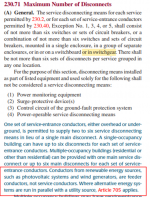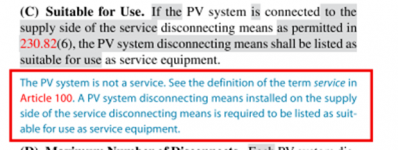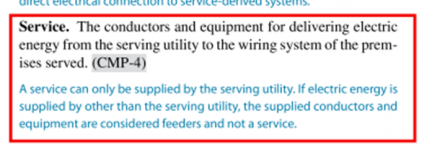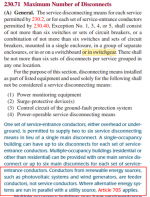Rick Malone
Member
- Location
- Sacramento, CA
- Occupation
- Electrical Engineer
2020 NEC 230.82 - Equipment Connected to the Supply Side of Service Disconnect regarding solar PV systems allows the following to be connected to the line side:
(6) Solar photovoltaic systems, fuel cell systems, wind electric systems, energy storage systems, or interconnected electric power production sources, if provided with a disconnecting means listed as suitable for use as service equipment, and overcurrent protection as specified in Part VII of Article 230
My question is would a critical loads panel connected to a Sol-Arc type inverter, enphase system controller 2, etc., connected to the line side of a service be allowed.
If generation is not underway, the critical loads panel would be an additional load to the main panel and main circuit breaker. I don't see a way to insure the meter / service conductors are not overloaded and/or protected. Also, an exact reading of 230.82 would seem to indicate you cannot have loads connected to the line side of the service.
Any thoughts?
(6) Solar photovoltaic systems, fuel cell systems, wind electric systems, energy storage systems, or interconnected electric power production sources, if provided with a disconnecting means listed as suitable for use as service equipment, and overcurrent protection as specified in Part VII of Article 230
My question is would a critical loads panel connected to a Sol-Arc type inverter, enphase system controller 2, etc., connected to the line side of a service be allowed.
If generation is not underway, the critical loads panel would be an additional load to the main panel and main circuit breaker. I don't see a way to insure the meter / service conductors are not overloaded and/or protected. Also, an exact reading of 230.82 would seem to indicate you cannot have loads connected to the line side of the service.
Any thoughts?





